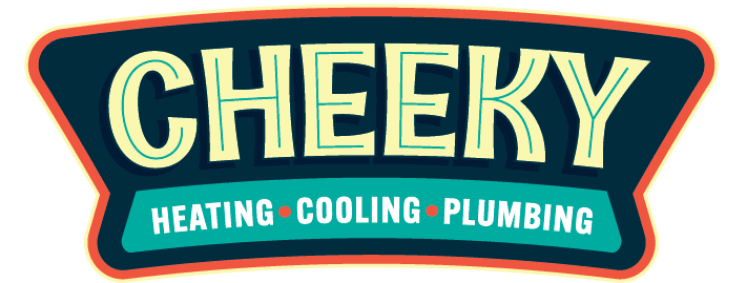
Are you utilizing a gas-powered furnace for your heating needs? It’s a great choice for homeowners throughout Duluth and the surrounding communities! It’s actually still the leading heating system found in homes throughout the country, especially in areas like ours that may not have a need for a powerful boiler but still needs effective and efficient heat for our chilly winter nights.
They’re cost-effective, and a fantastic choice for many people. However, when not properly cared for, furnaces can present dangers you might not think about. This is going to be the case for any appliance that utilizes natural gas. They are not dangerous by nature, but skipping maintenance or neglecting an aging system can certainly lead to problems. One of these problems is a cracked heat exchanger.
Heat exchangers are something you should know about, and never ignore if you suspect you have an issue with one. If this is the case, turn off your heater right away and give us a call.
Wait, What’s a Heat Exchanger?
This is a great question! This is the component that actually provides heat to the air that your furnace’s blower fan sends into the ventilation system (and then, into your home). It is a clam-shell shaped metal chamber, and there is a series of them arranged in rows within your furnace system. The heat exchangers are where hot combustion gas from the burners collects.
This intense heat from the gas raises the temperature of the metal walls, which makes the outside of the heat exchanger not. This enables your furnace to apply the heat of the combustion gas to the air, but without letting those gasses (namely, carbon monoxide, or CO) actually get into contact with your indoor air.
What Causes a Heat Exchanger to Crack?
The heat exchangers in your furnace system go through a lot of stress each winter. Every time they’re heated up, the metal expands. Over time, this constant expansion and contraction weaken the metal, which leads to eventual corrosion.
This is, as you might imagine, a bigger risk in aging furnaces than it is in newer ones. It’s also a bigger risk in furnaces that aren’t vented very well or aren’t properly maintained. What happens is that corrosion weakens the metal even more, and this added strain on the heat exchangers leads to small cracks that can be basically invisible to the average homeowner, but causes major problems for health and safety.
The Danger of Cracked Heat Exchangers
As we mentioned above, the average homeowner won’t actually be able to see cracks on the heat exchanger, but that doesn’t mean they don’t exist! In fact, you could probably pour water into a cooled, cracked heat exchanger and not even see a drop leak through.
But, what occurs is when the heat exchanger heats up, the cracks widen and enables unhealthy gasses (the CO we mentioned above) to leak into your indoor air instead of safely exiting your property through a flue.
If you’re exposed to too much CO, you can experience symptoms like nausea, lightheadedness, dizziness, and more. In very severe cases, CO can be fatal. We really cannot overstate how harmful a cracked heat exchanger is.
For reliable furnace repair in Duluth, GA, reach out to DC Cheek Heating, Cooling & Plumbing today! “Fixed, at the Speed of Life.”



